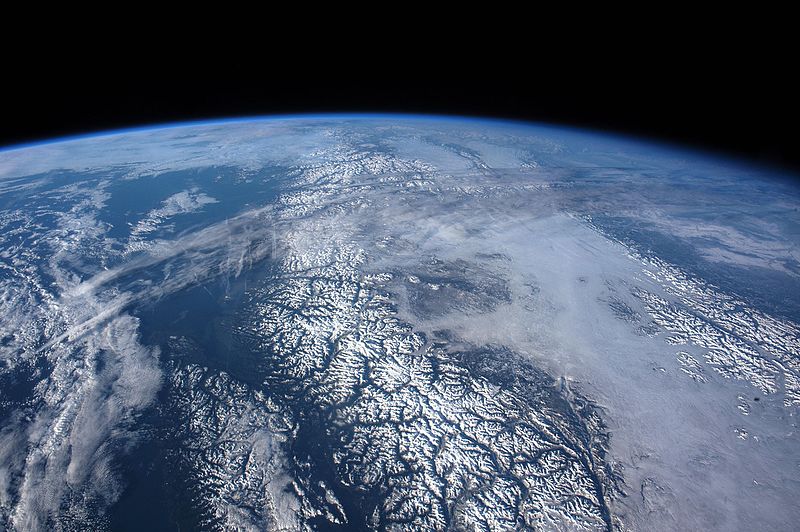Файл:ISS046-E-3699.JPG

Памер прагляду: 800 × 532 піксэлаў. Іншыя разрозьненьні: 320 × 213 піксэлаў | 640 × 426 піксэлаў | 1024 × 682 піксэлаў | 1280 × 852 піксэлаў | 2560 × 1704 піксэлаў | 4928 × 3280 піксэлаў.
Арыгінальны файл (4928 × 3280 піксэляў, памер файла: 2,49 Мб, тып MIME: image/jpeg)
Гісторыя файла
Націсьніце на дату/час, каб паглядзець, як тады выглядаў файл.
| Дата і час | Мініятура | Памеры | Удзельнік | Камэнтар | |
|---|---|---|---|---|---|
| цяперашняя | 12:33, 25 студзеня 2016 |  | 4928 × 3280 (2,49 Мб) | Originalwana | {{Information |Description ={{en|1=While orbiting over the Gulf of Alaska and moving toward the west coast of the United States, an astronaut aboard the International Space Station shot this panorama looking north into the snow-covered landscape of... |
Выкарыстаньне файла
Наступная старонка выкарыстоўвае гэты файл:
Глябальнае выкарыстаньне файла
Гэты файл выкарыстоўваецца ў наступных вікі:
- Выкарыстаньне ў af.wikipedia.org
- Выкарыстаньне ў av.wikipedia.org
- Выкарыстаньне ў bn.wikipedia.org
- Выкарыстаньне ў crh.wikipedia.org
- Выкарыстаньне ў cv.wikipedia.org
- Выкарыстаньне ў en.wikipedia.org
- Выкарыстаньне ў hu.wikipedia.org
- Выкарыстаньне ў id.wikipedia.org
- Выкарыстаньне ў is.wikipedia.org
- Выкарыстаньне ў ka.wikipedia.org
- Выкарыстаньне ў ko.wikipedia.org
- Выкарыстаньне ў lbe.wikipedia.org
- Выкарыстаньне ў www.mediawiki.org
- Выкарыстаньне ў mk.wikipedia.org
- Выкарыстаньне ў os.wikipedia.org
- Выкарыстаньне ў pt.wikipedia.org
- Выкарыстаньне ў ru.wikipedia.org
- Выкарыстаньне ў ru.wikinews.org
- Выкарыстаньне ў sah.wikipedia.org
- Выкарыстаньне ў sq.wikipedia.org
- Выкарыстаньне ў tt.wikipedia.org
- Выкарыстаньне ў uk.wikipedia.org
- Выкарыстаньне ў zh.wikipedia.org



